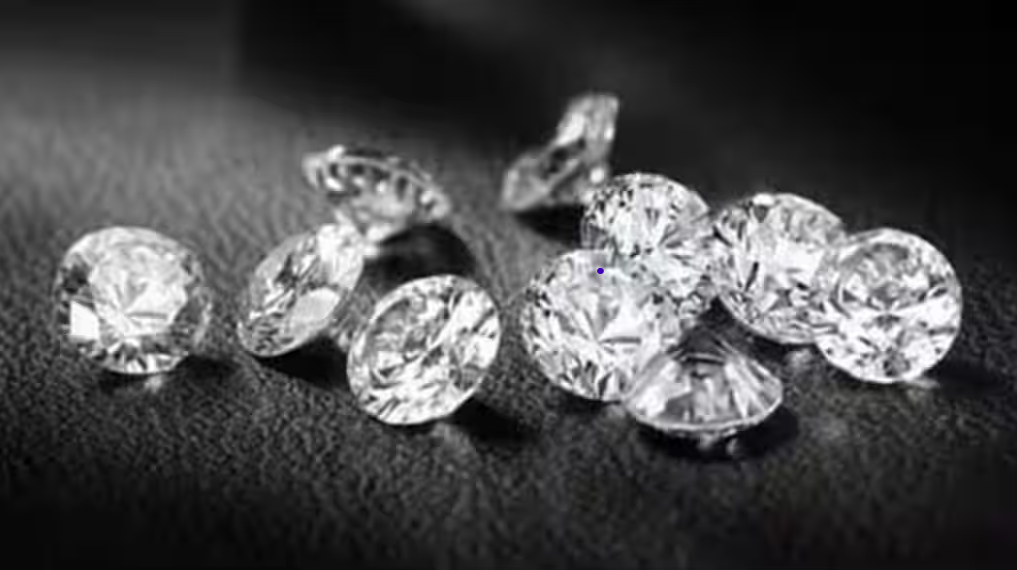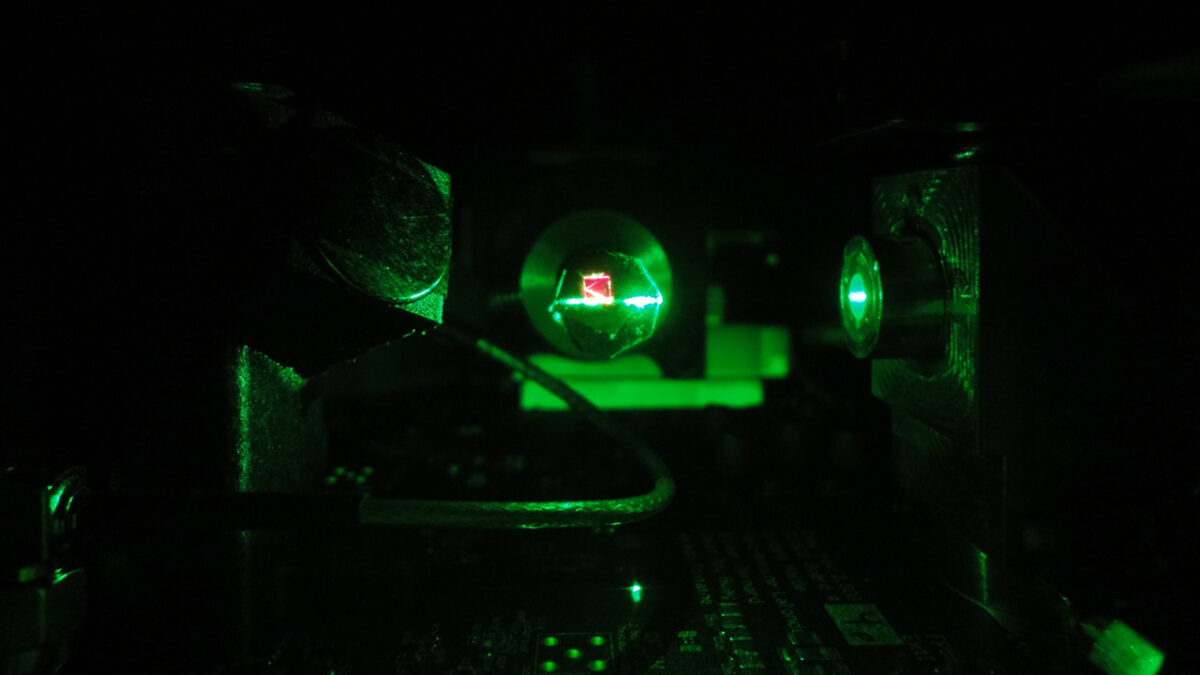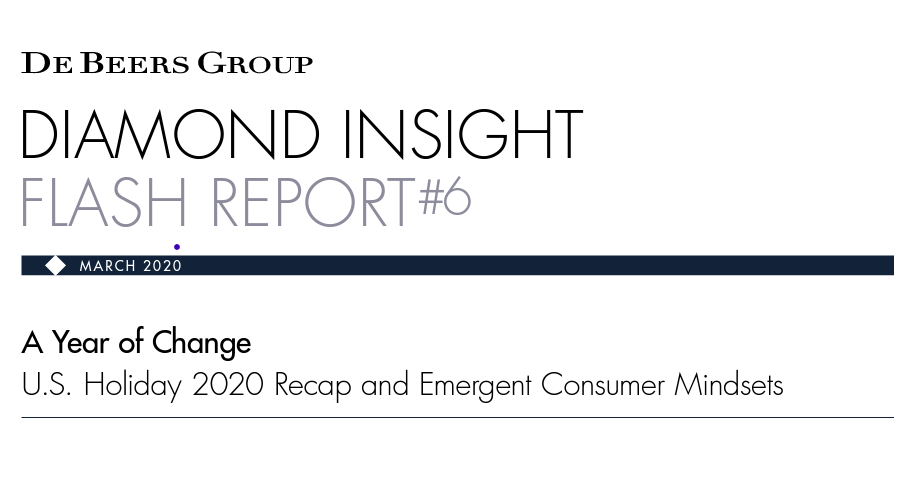Policy impetus adds lustre to lab-grown diamonds
Prime Minister Narendra Modi gifted a piece of lab-grown diamond (LGD) from Surat to Jill Biden, the first lady of the United States, during his recent State visit to the world’s oldest democracy. That was the sign of arrival of a burgeoning domestic industry, which began commercial-scale production less than a decade ago.











